Here we have fun and whimsical family treasures, with an extraordinary backstory, spanning 1929 to 1959, but also covering various events and locales around the Central Illinois area. Around 1,000 negatives in various film formats, most in 130, which are 2⅞” × 4⅞ inch (7x12cm) Postcard format images, one of the known cameras was the No. 2C Autographic Kodak Series III. All are in that ‘beyond-mere-snapshots’ artsy style, even the casual family pics are point-in-time universal, with a majority in focus, and well composed.
Romaine Oberer Franzgrote (1906-1986), daughter of Adolph Oberer and Margaret Schneider. Romaine Oberer married German immigrant Joseph Franzgrote, who worked at Kinsey Mahler and then bought the business, changing the name to Peoria Copper Works.
A family member, who has graciously allowed for the digitization and display of Romaine Oberer’s images, details the whole epic history, one that started with a simple act of kindness from a stranger.
Taking on a houseful, marrying one orphan, raising the rest
By Marilyn Leyland
News of the tragedy appeared in Peoria’s newspapers including various German ones. Joseph Schneider had died within several days of his wife Regina’s passing in early 1903. Six children had been orphaned; the oldest, Margaret, remaining in the hospital with the same typhoid. The youngest was barely six weeks old.
Adolph Oberer, a 26-year-old German immigrant baker, on becoming aware of the story, recognized that those orphans needed help. He showed up at their home on McDougal St. (now Moss Ave. at the corner with Dixon in West Peoria), offering to milk the cow and care for the horse. Within less than a year, he not only took over those duties, but also fell in love with and married that oldest daughter, five years younger than he. She was one of Joseph’s two daughters by his first wife, who succumbed when that daughter was only ten. The marriage brought with it her 16-year-old sister Emma and their four half-siblings, including my grandmother who was still seven when her parents died, and the three others, aged five, two, and that tiny baby.
Adolph knew that Margaret “Maggie” Schneider had promised to keep her young half-siblings together. Nevertheless, the young baker took on the risk of supporting this blended family, to which, in 1904 and 1906, he and Maggie added two daughters. Somehow the family managed to survive when tuberculosis claimed Emma’s life in 1907 at age 20. One of the siblings told of watching as Adolph carried Emma upstairs, her fingers and skin turning blue. Those early years had to be hard.
Genealogists know that burying a first wife, marrying a second, then both dying, leaving children to be raised by an older half-sister wasn’t uncommon back in those days. And when you notice gaps in age between children, you can generally find that a baby was buried. Sad stories. But the story would have been sadder still if that young baker hadn’t risked taking on the responsibility of being a loving father to all those children.
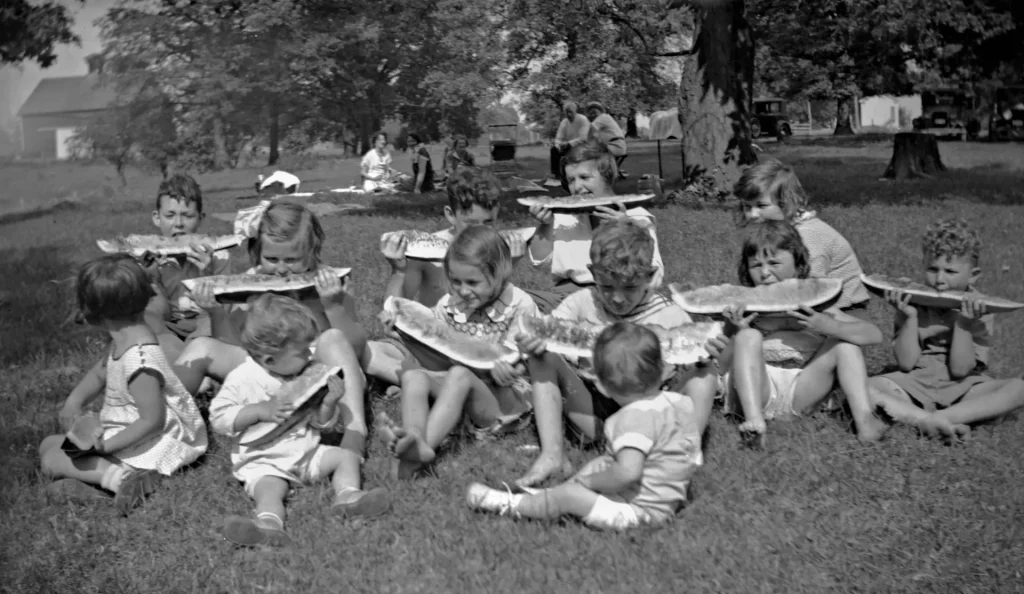
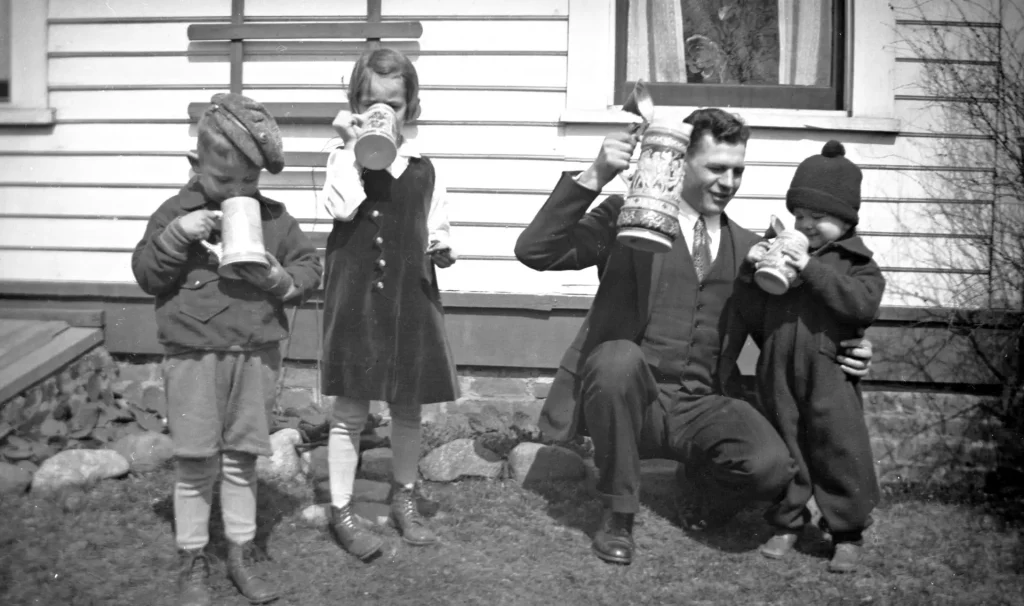
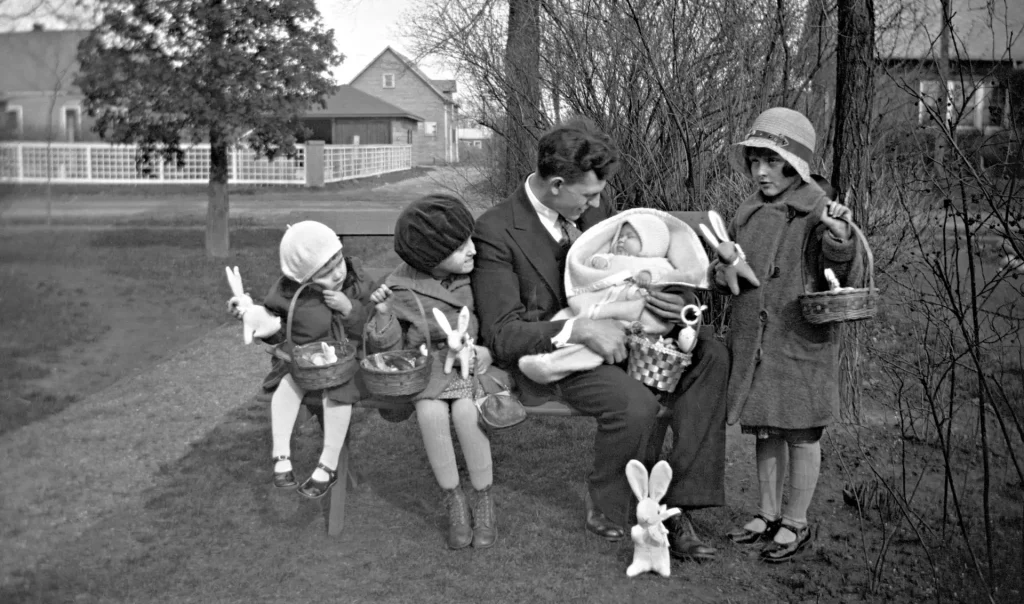
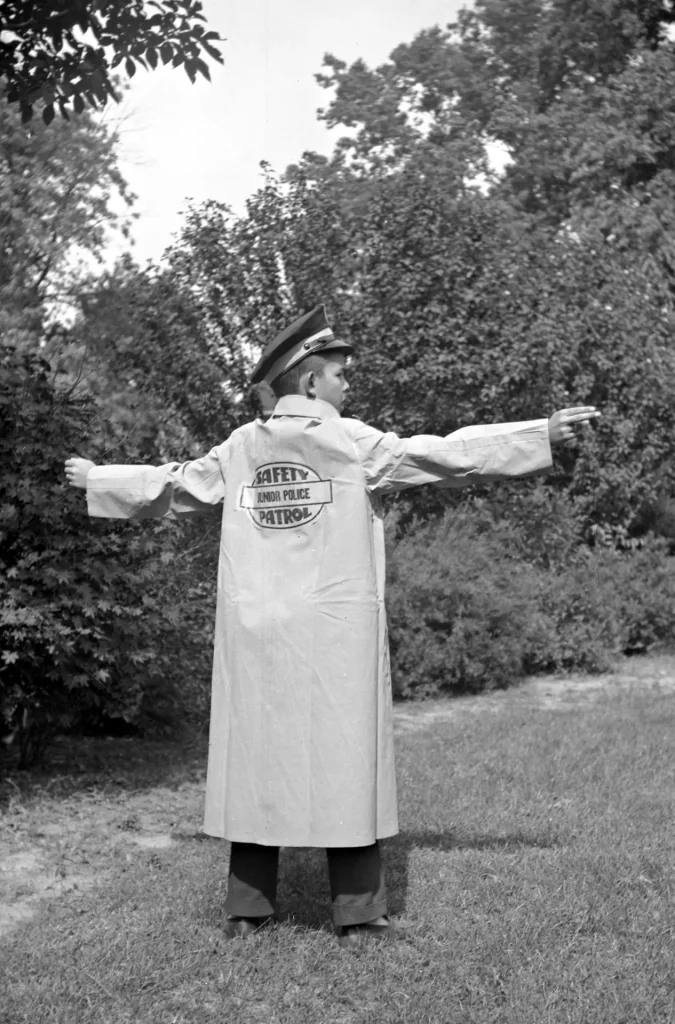
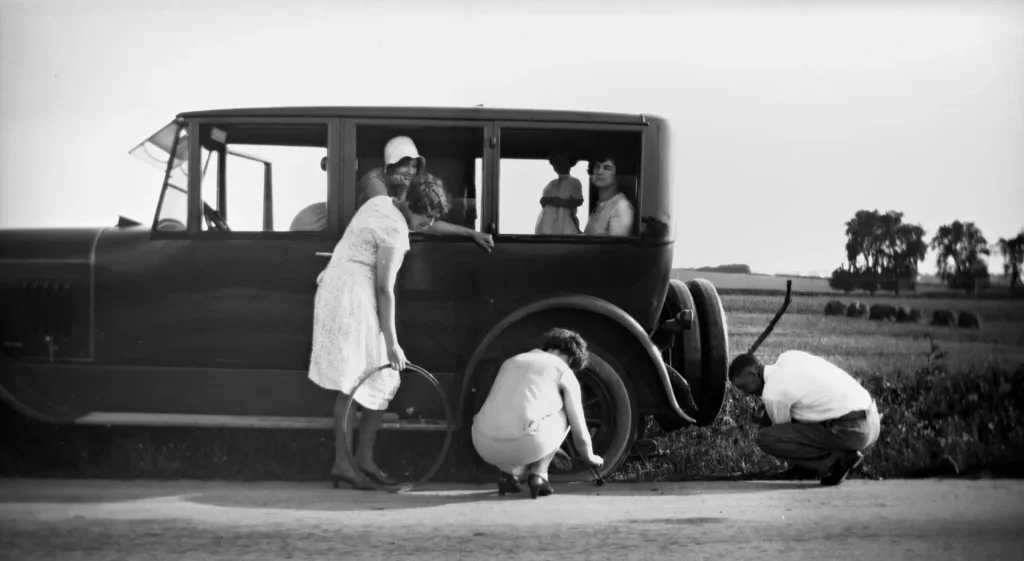
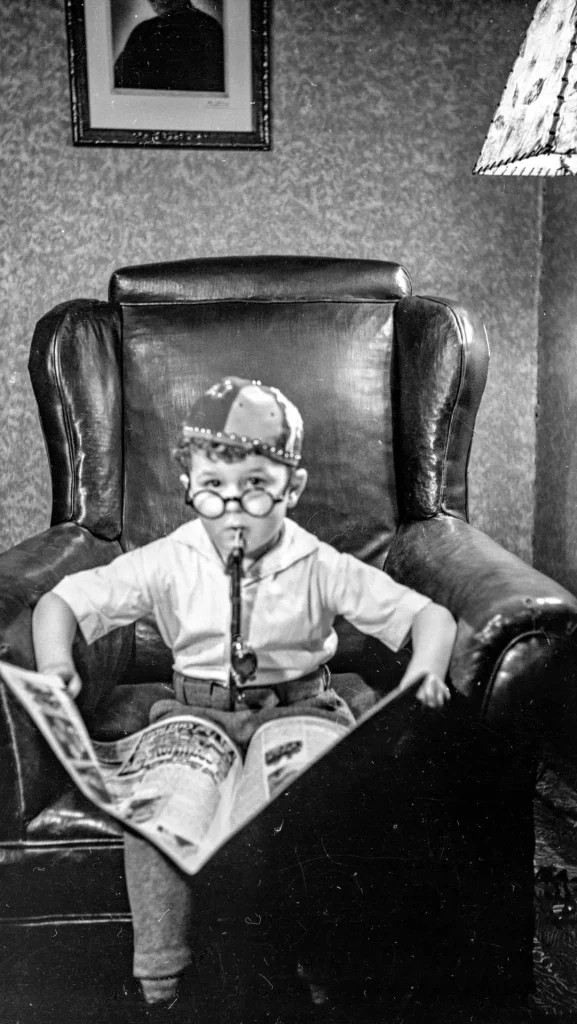
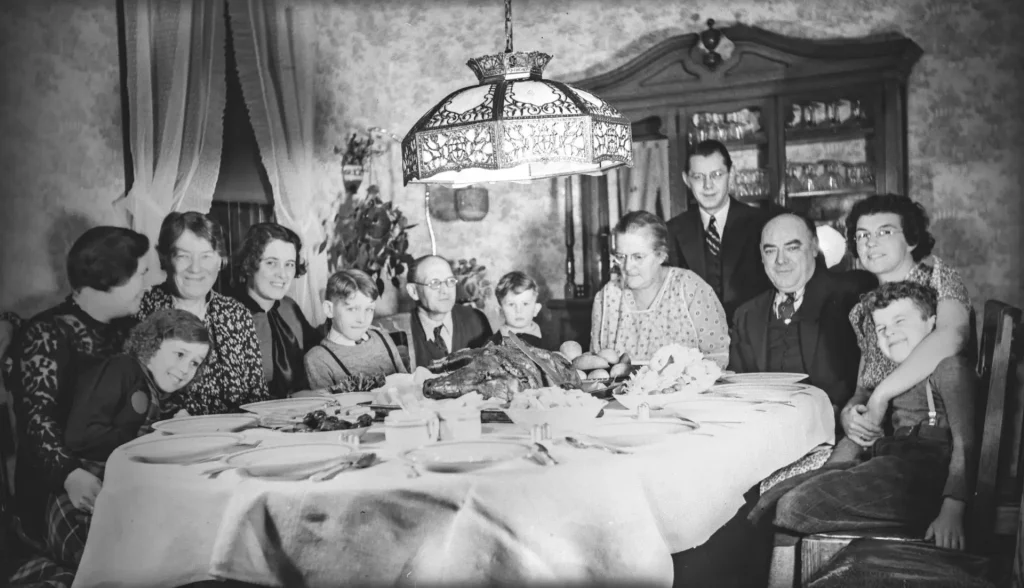
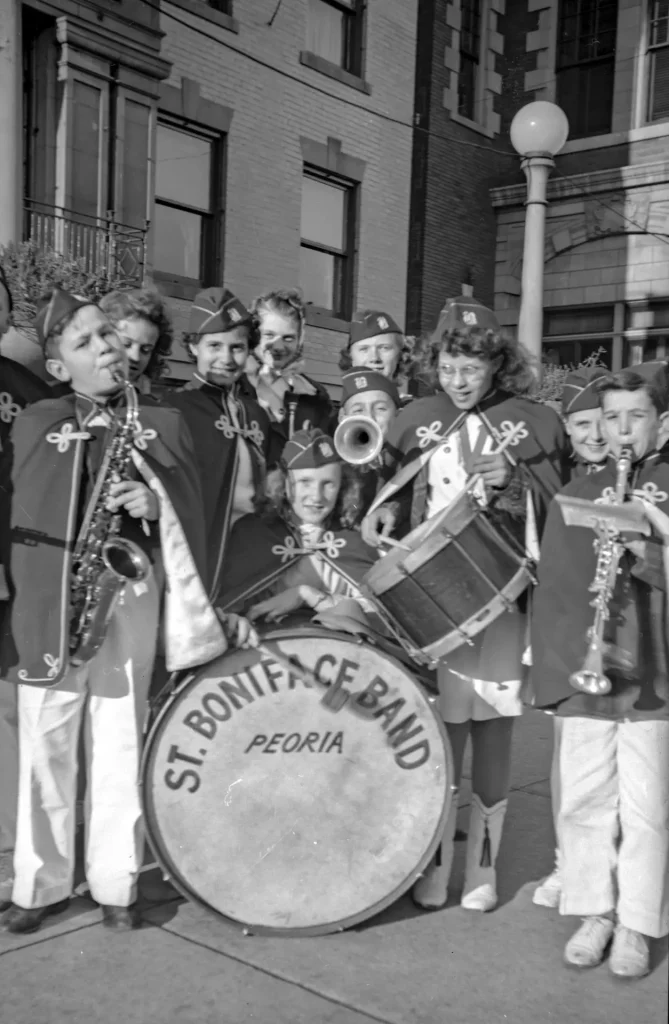
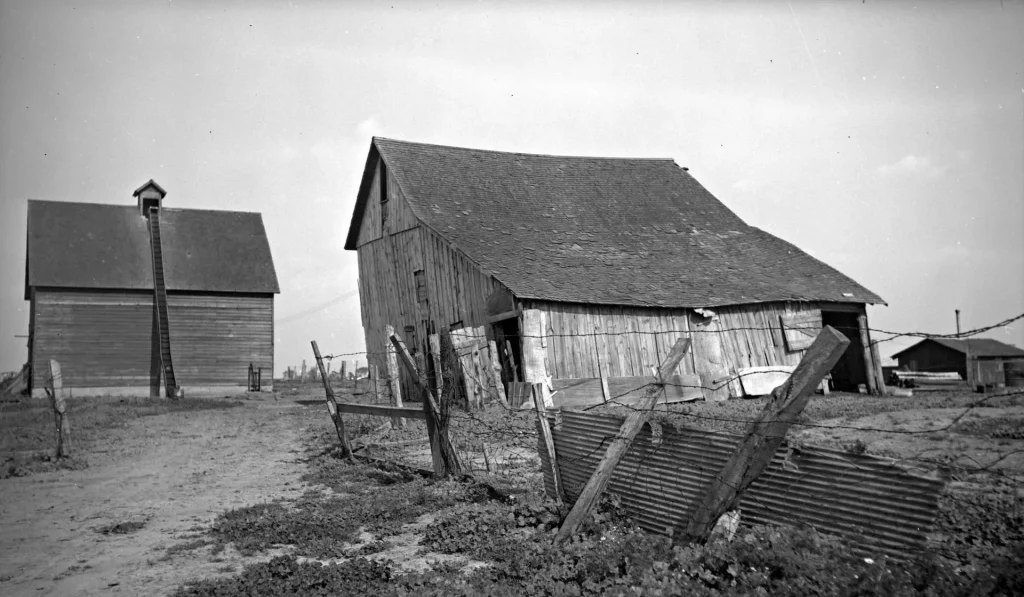
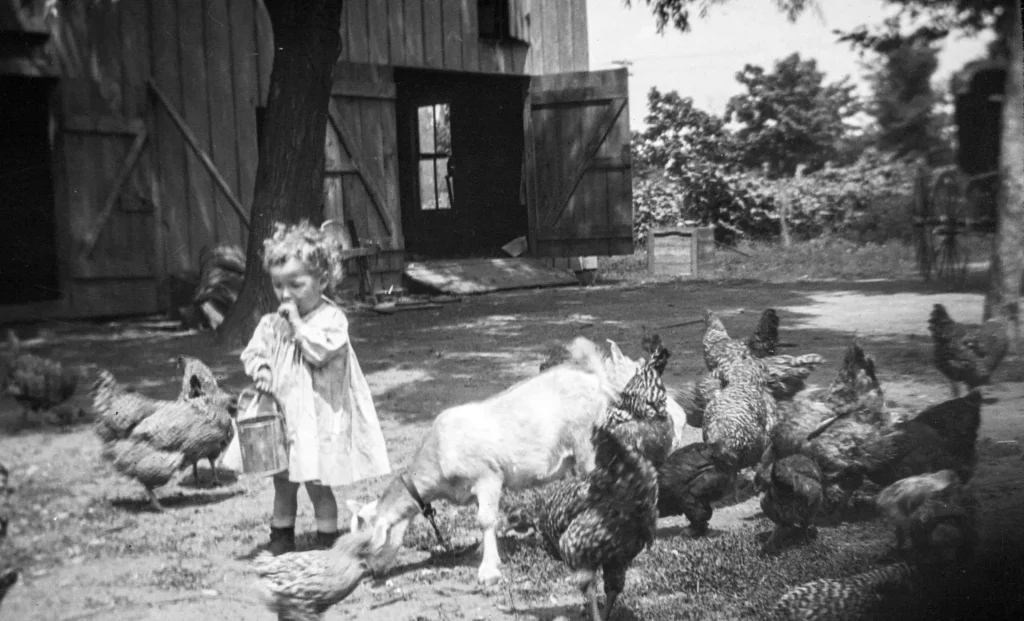
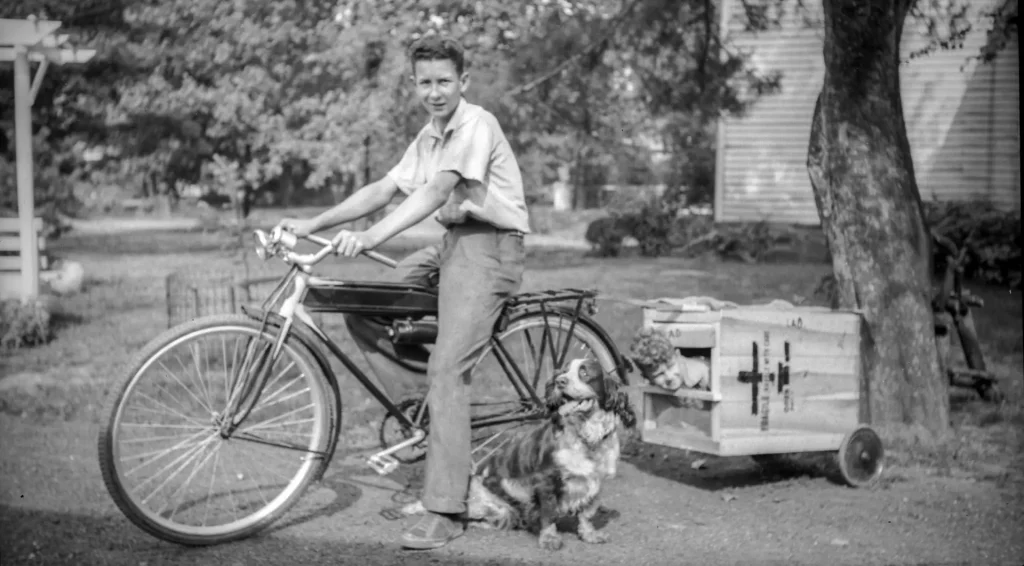
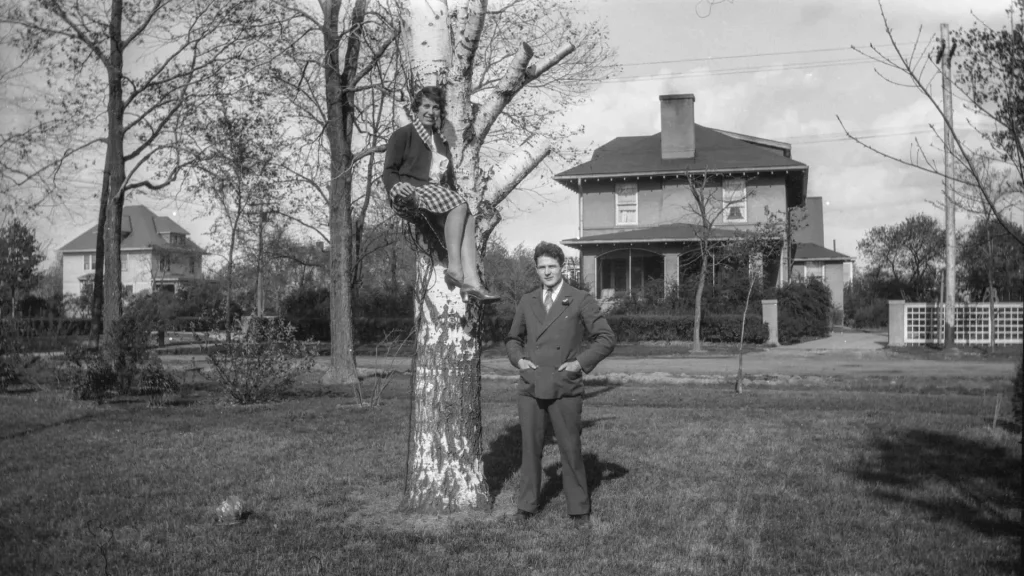
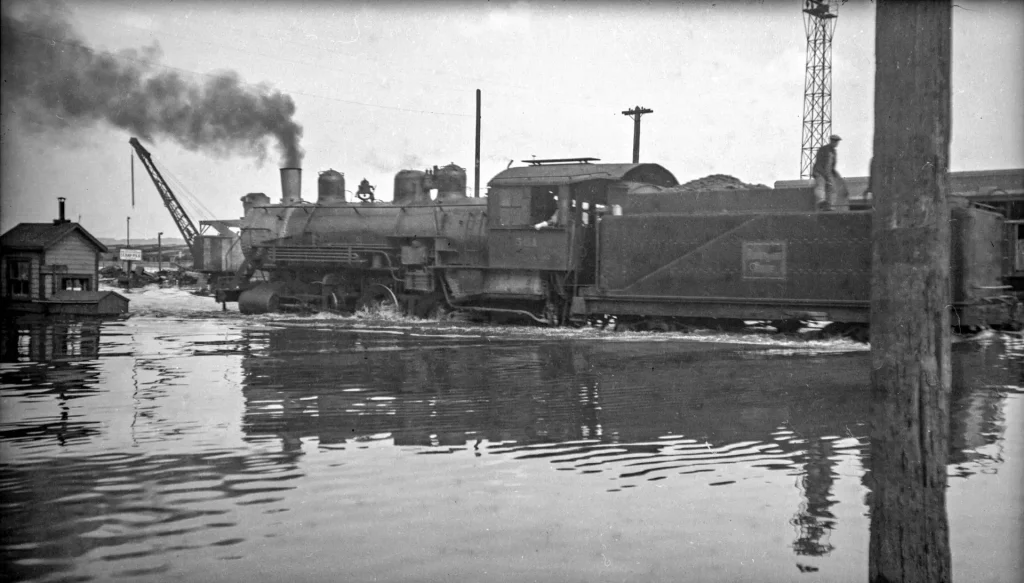
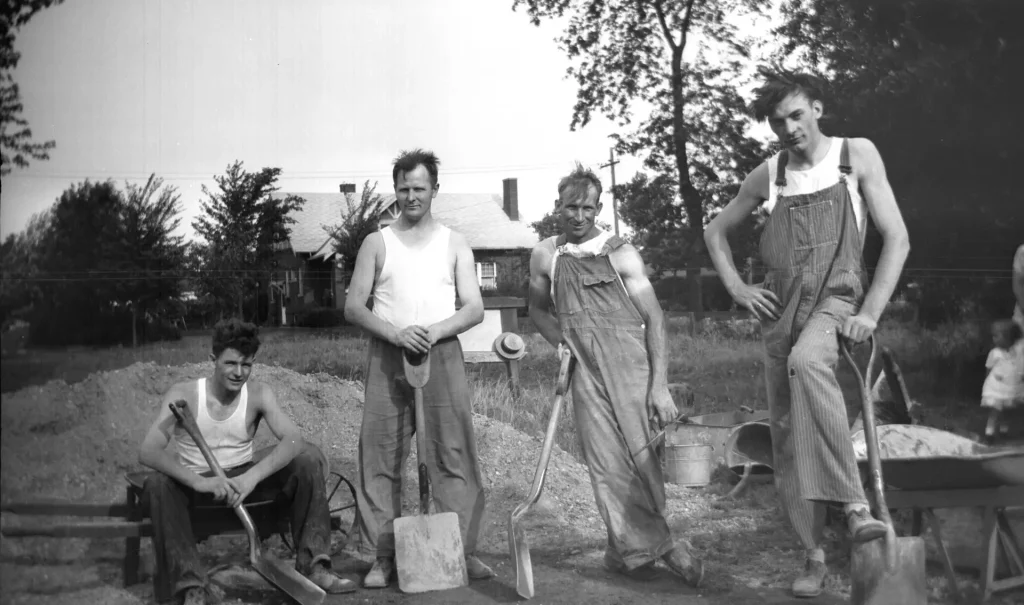
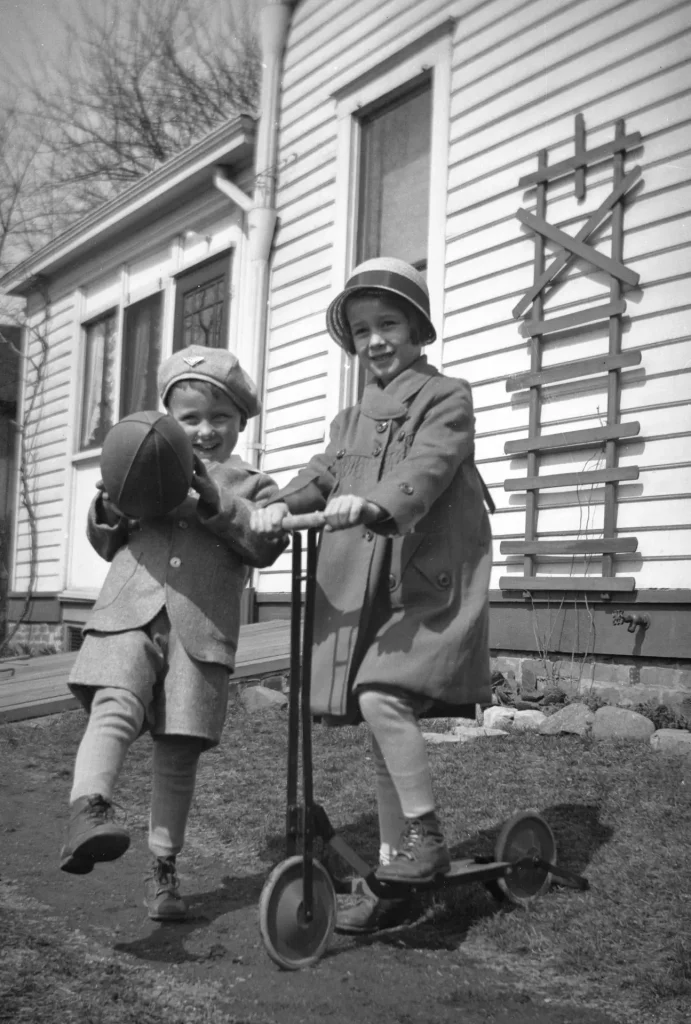
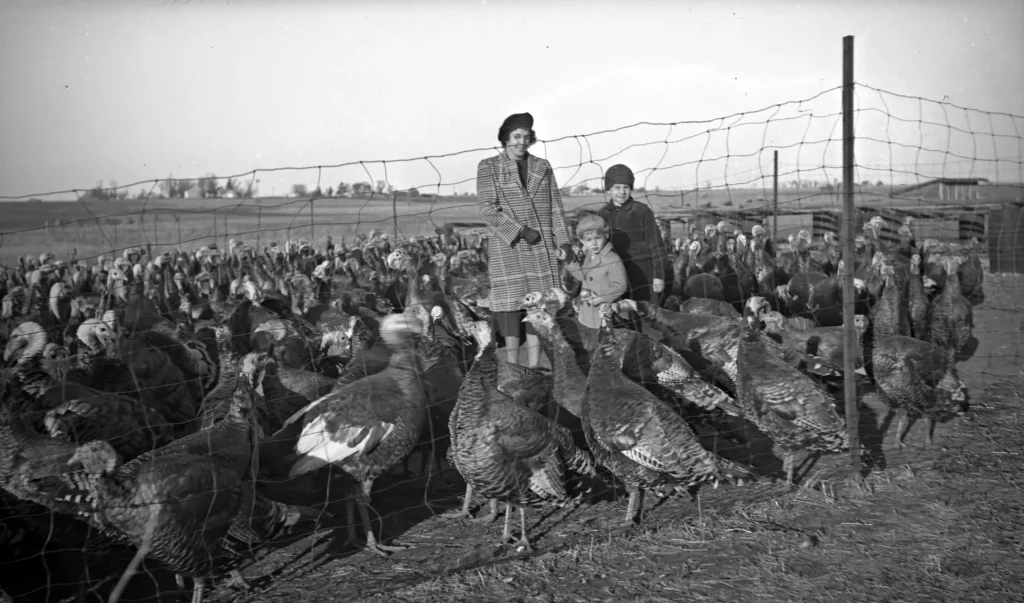
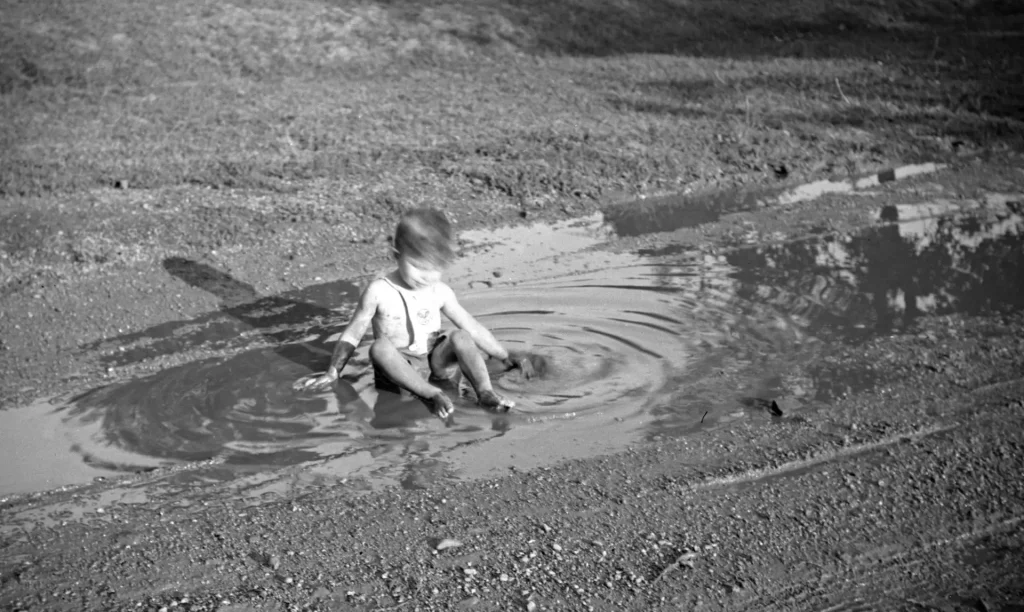
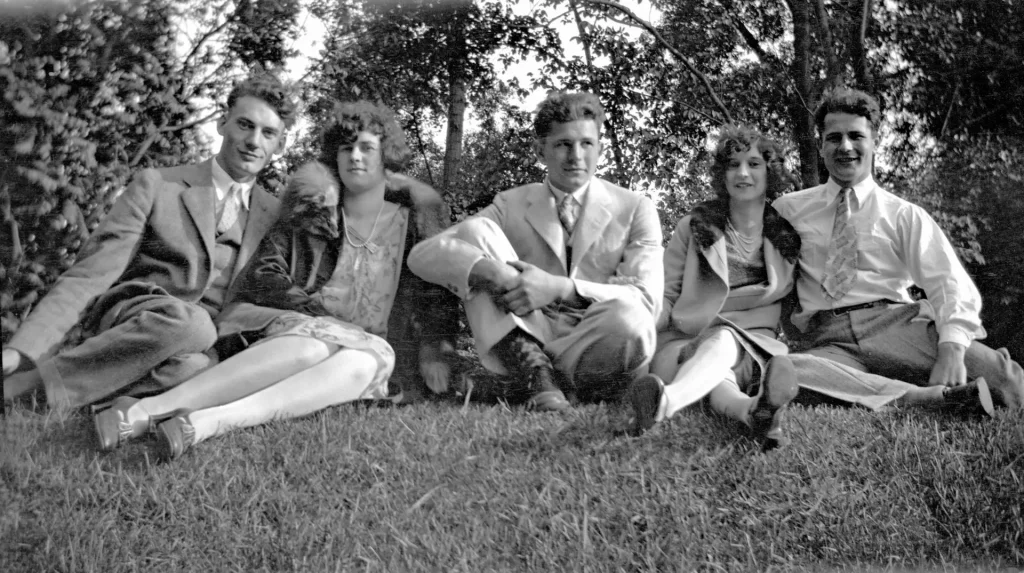
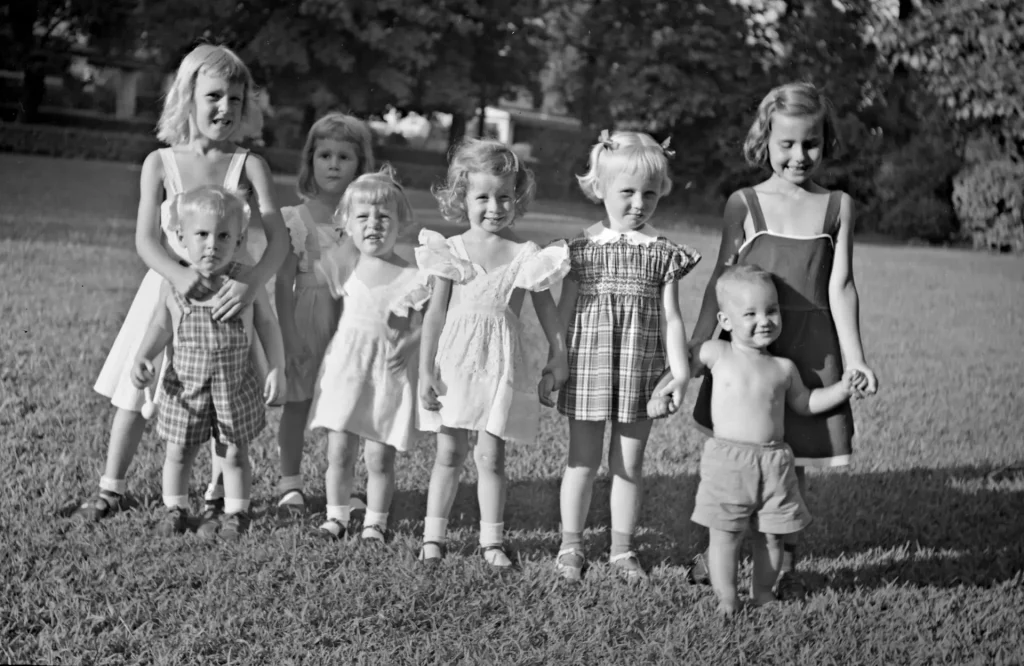
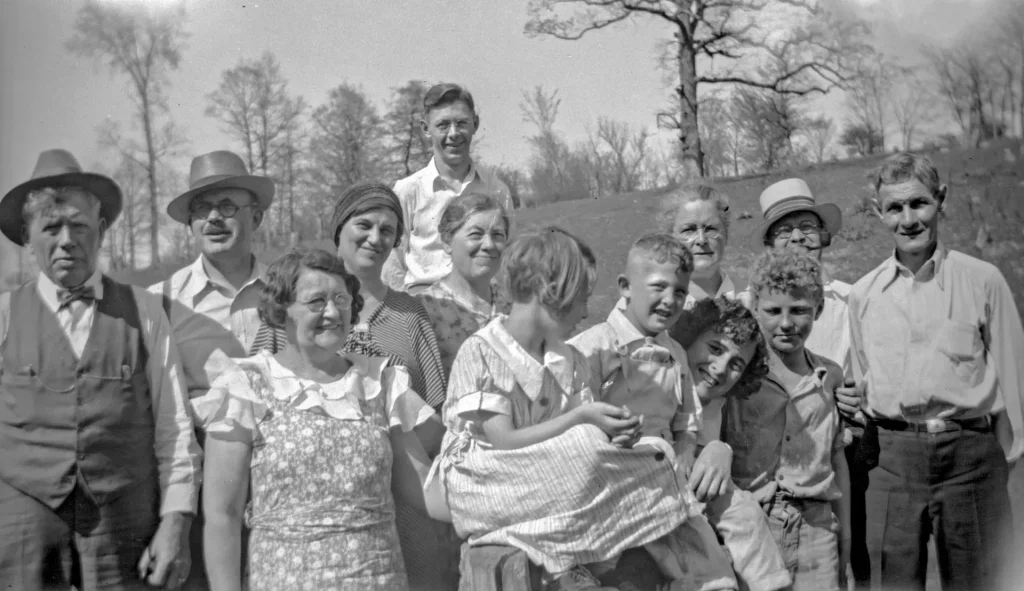
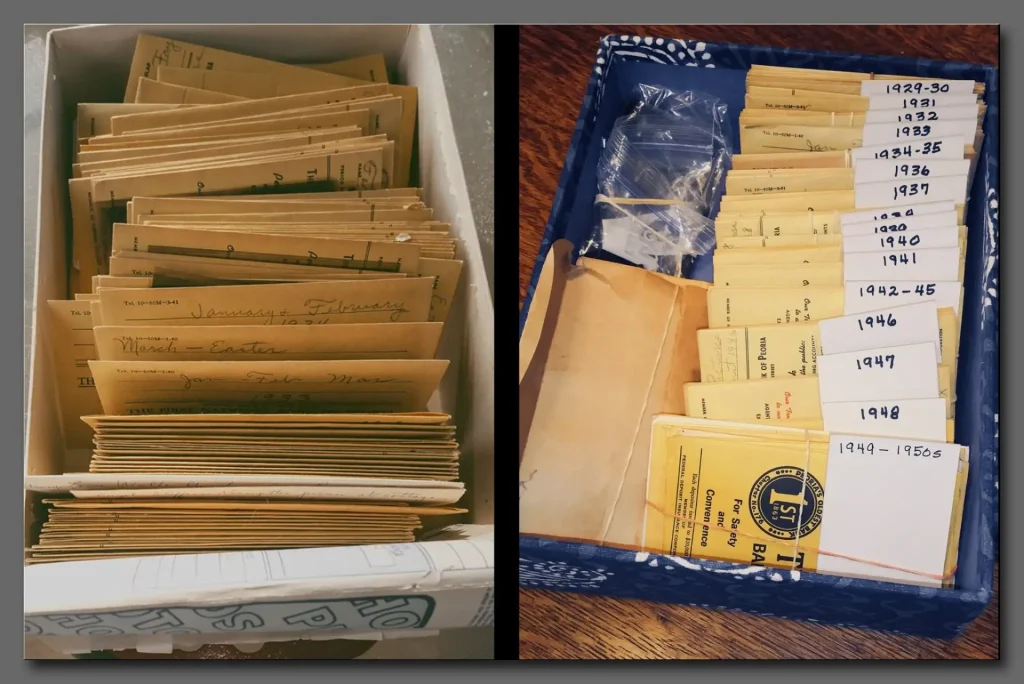
Share this post:
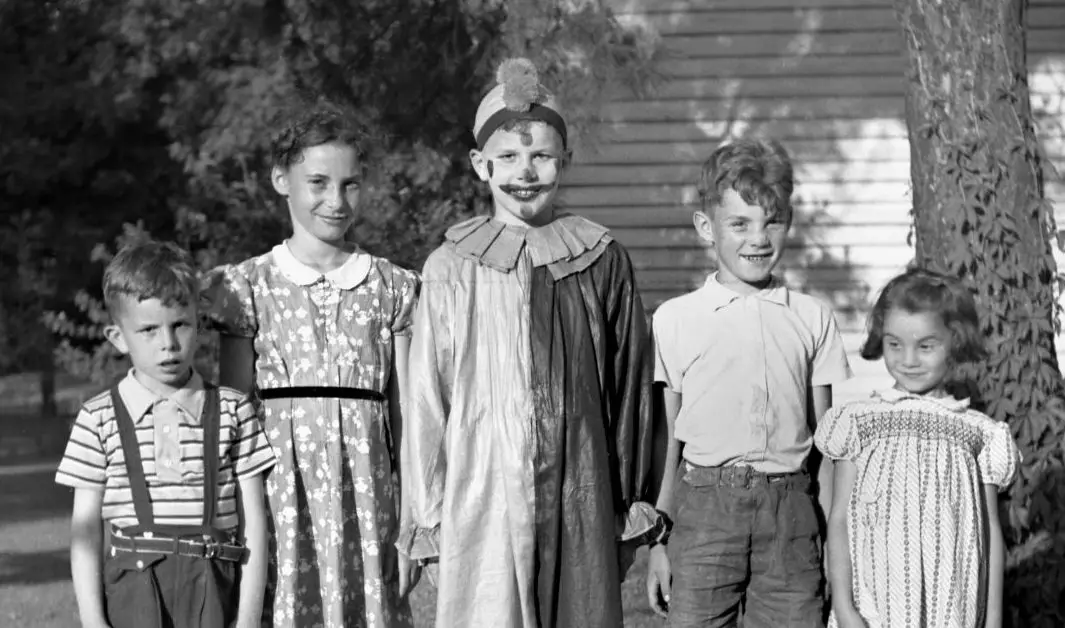
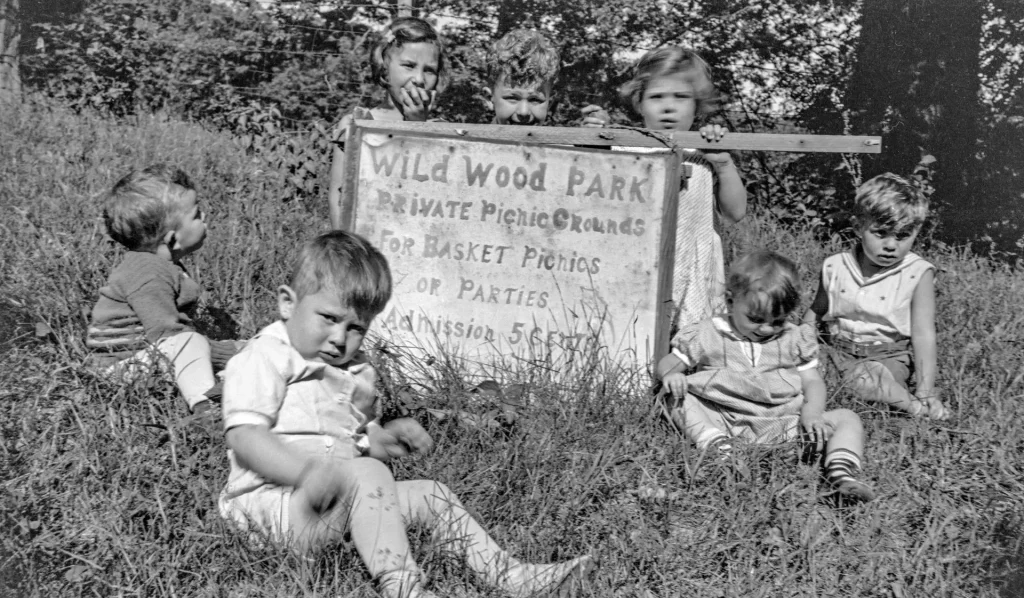








Comments
Peter Grey on Found Photos: Romaine Oberer Franzgrote Photo Archive – By Christoph Traugott
Comment posted: 15/11/2020
Kurt Ingham on Found Photos: Romaine Oberer Franzgrote Photo Archive – By Christoph Traugott
Comment posted: 15/11/2020
Ron Hipwell on Found Photos: Romaine Oberer Franzgrote Photo Archive – By Christoph Traugott
Comment posted: 15/11/2020
D Evan Bedford on Found Photos: Romaine Oberer Franzgrote Photo Archive – By Christoph Traugott
Comment posted: 15/11/2020
Love the one with the gal up in the tree, and the one with the little fellow in the mud puddle.